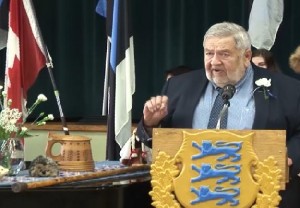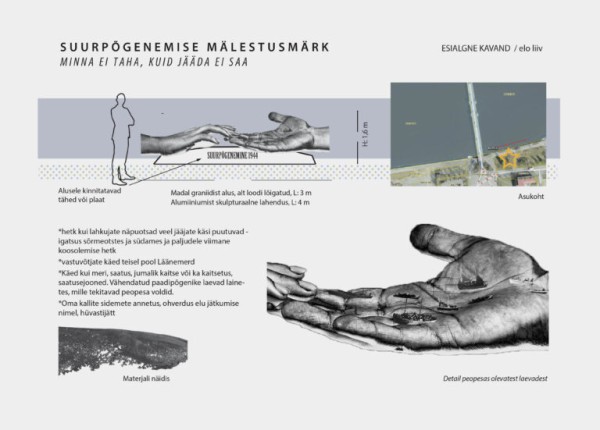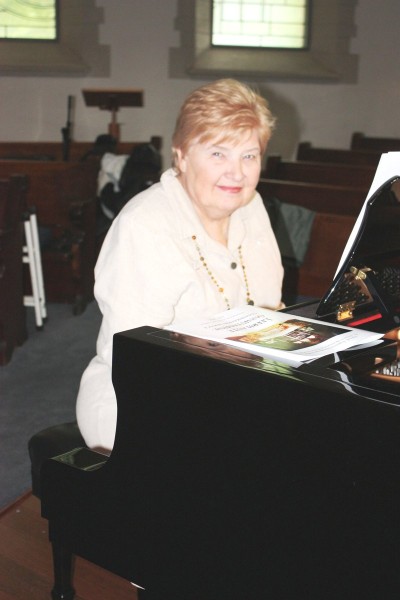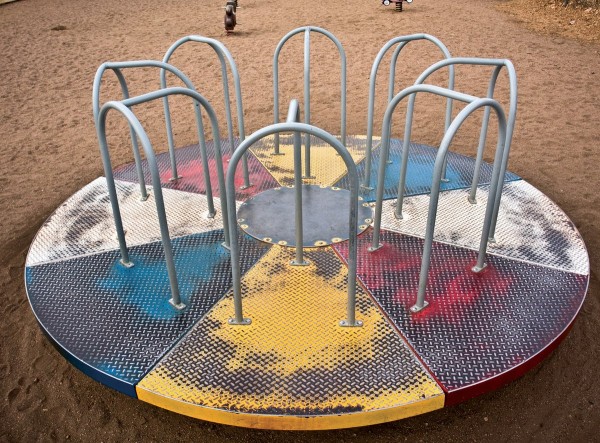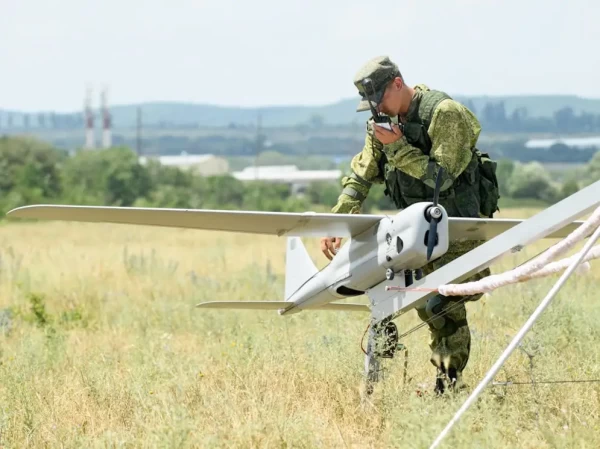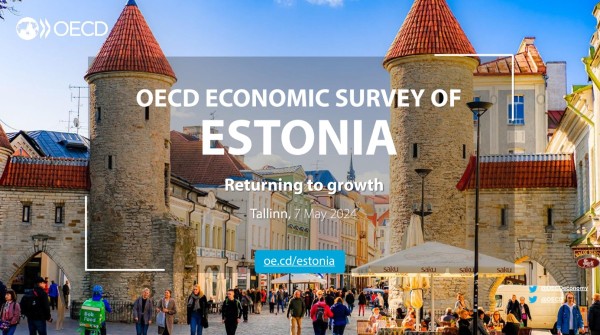On August 31, the constitutionally-based process for choosing the next president of Estonia elected Alar Karis in a second round secret ballot. Karis was supported by 72 parliamentarians out of 80 votes cast from a possible 101. In spite of EKRE continuing its boycott of the parliamentary vote, Karis’ election in parliament was unique.
A president is elected if 68 parliamentarians vote for one candidate. The parliament is allowed three attempts. Failing this affirmative total, the process is assumed by an Electoral Body ((Valijatekogu) consisting of all parliamentarians and representatives of local councils. Presidents A. Rüütel, T.H. Ilves, K. Kaljulaid had to be affirmed by the Electoral Body. L. Meri, the first post-occupation two-term president was elected by a direct, general election for the first term.
If the vote goes to the Electoral Body, non-citizens who are allowed to vote in local elections, but not in parliamentary elections, have had the same influence as citizens in the presidential vote, by electing local council members who then were chosen for the Electoral Body electing the president.
This indirect election process has been criticized from its inception in 1996. In fact it has been one of EKRE’s main goals, especially recently with organized public demonstrations.
Proponents of direct presidential elections argue that the electorate want to decide for themselves who’s to be president. They say it’s only possible through a direct vote that the country’s head of state and representative has the support and trust of its citizenry.
(Pikemalt saab lugeda Eesti Elu 3. septembri 2021 paber- ja PDF/digilehest)

Electing Estonia’s president, why change is or is not needed
Eestlased Kanadas | 03 Sep 2021 | Eesti Elu
Eestlased Kanadas
TRENDING






